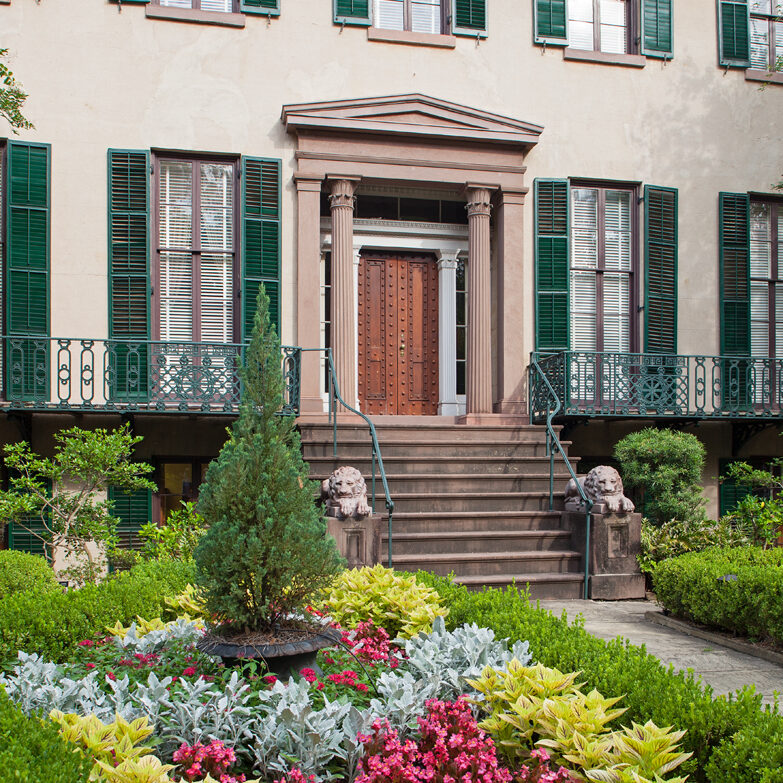News

Another Successful Savannah Antiques Weekend: Featuring Great American Treasures Property, Andrew Low House Museum
Tuesday 12 March 2024
"Since 2017, the Savannah Antiques and Architecture Weekend has provided the National Society of The Colonial Dames of America in the State of Georgia (NSCDA-GA) with a fun way to educate the public and raise funds for the maintenance of the Andrew Low House Museum, operated by the NSCDA-GA, and Green-Meldrim House."
Read more about this successful event here.

Food for Thought Returns for a Second Season!
Friday 17 March 2023
The Historical Activities Committee announces the second season of Food for Thought. This year’s theme is “Food Pathways” and we explore the amazing stories of how the foods we know, and love made their way to this country. Speakers include professors, award winning authors, and culinary historians.
Read the bios of our 2023 speakers HERE!
Join us for four entertaining Zoom presentations:

Friday, April 21, 2023, at 4 PM “American Food from the Colonial Era to Now”. Yale University History Professor Paul Freedman will launch the season with a fascinating overview of Magazine American cuisine and how it got this way. It’s so much more than hamburgers, hot dogs, and pizza!
Register here: https://us06web.zoom.us/meeting/register/tZItdu6rqTkuHNfCeBZPMsCxHF6swyHi8kBH

Thursday, May 11, 2023, at 4 PM “The Food Explorer”. Bestselling author and senior editor for National Geographic, Daniel Stone, will recount the story of David Fairchild, a gilded-age food explorer who traveled the globe and introduced diverse crops like avocados, mangoes, and seedless grapes to the American plate. The Fairchild Tropical Botanic Garden, where much of the plant research was done to see if species could be adapted for use in the United States, still exists in Coral Gables, Florida. It is cited frequently as the best botanic garden in the United States.
Register here: https://us06web.zoom.us/meeting/register/tZ0ld-yppj4jGdG4t3Vi30Q4fjTMFfUeQaX1

Thursday, September 7,2023 at 4 PM “Can She Bake a Cherry Pie?” Author and lecturer, Constance Kirker, a retired Penn State Art History Professor, will talk about the origins, legends, celebration, production, and health benefits of the beloved cherry tree.
Register here: https://us06web.zoom.us/meeting/register/tZEkde2tqDIqG93eG3SI844rX5zZGQdICO_i

Thursday, November 16, 4 PM “Baby Food and the American Industrial Palate”. Amy Bentley is Professor in the Department of Nutrition and Food Studies at New York University. She explores how the invention of commercial baby food shaped American notions of infancy, influenced the evolution of parental and pediatric care, and helped American palates become acclimated to the tastes and textures of highly processed industrial food products.
Register here: https://us06web.zoom.us/meeting/register/tZMkd-uqqTktHtWudTF9Xpr-BYA0JE6BuMkM

A NEW Public Program Series: What Does “Colonial” Mean to You?
Tuesday 3 May 2022
